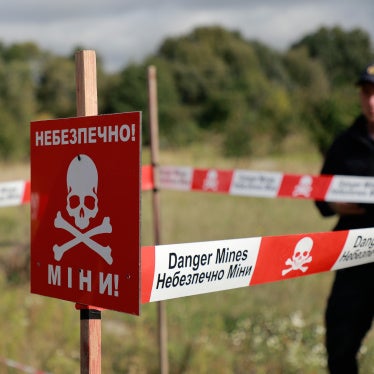According to a Cluster Munition Monitor fact sheet on Article 3 (available outside this room), a total of 14 States Parties have submitted transparency measures reports declaring the possession or former possession of cluster munition stockpiles. Of this group, it appears that six States Parties intend to retain or acquire cluster munitions and explosive submunitions for the development of and training in detection, clearance or destruction techniques, or for the development of counter-measures: Belgium, Denmark, France, Germany, Spain, and the UK.
Eight other States Parties that have stockpiled cluster munitions have indicated that they do not intend to retain cluster munitions for training and counter-measures, in addition to two signatories (Canada and DR Congo) that have submitted voluntary transparency reports.
Fifteen other States Parties that formally declared no possession of stockpiles in their transparency reports have also confirmed that they do not retain any cluster munitions or explosive submunitions.
As common state practice begins to emerge, the Cluster Munition Coalition (CMC) hopes that retention of cluster munitions will become, as Malawi has put it, the "exception and not the rule." During the negotiations, the CMC opposed the provision allowing for retention because states did not demonstrate that any of the purposes for retaining cluster munitions and submunitions were essential enough to justify an exception to the prohibition on stockpiling. To our knowledge, no clearance organization accredited to the UN uses live submunitions for training, and adequate technologies already exist to detect unexploded submunitions.
We commend States Parties such as Norway and Austria that have chosen not to retain any cluster munitions or submunitions for training and counter-measures. States Parties can also choose to retain "inert" cluster munitions or submunitions for training, which are free from explosives and do not qualify as under the definition in the Convention, as Moldova and others have done.
Of the handful of states that have reported on cluster munitions retained for training and counter-measures, there is already a wide range emerging in the number of cluster munitions and explosive submunitions retained. States Parties must address what is meant by the "minimum number absolutely necessary." The CMC questions why a few States Parties such as Belgium, France, and Spain have each decided to retain more than 10,000 submunitions. Do they have large training and counter measures programs in place to consume such high quantities of retained submunitions?
States Parties are required to submit detailed reports on the planned and actual uses of retained cluster munitions and explosive submunitions. We encourage all States Parties to include such details in their initial and annual transparency reports, including explanations for changes in numbers previously provided. We also strongly encourage any State Party keeping cluster munitions and explosive submunitions to keep the number retained under constant review and to destroy any found to be in excess of the minimum number strictly required.
Finally, we urge all States Parties to provide clear and complete transparency reporting on retention. For example, in Form D of the transparency reports, we have presumed that "not applicable" or "none" means no retention of cluster munitions for training, but a more unequivocal response would be "zero." This is also the best number of cluster munitions that States Parties should retain under the Convention on Cluster Munitions.
Thank you.








